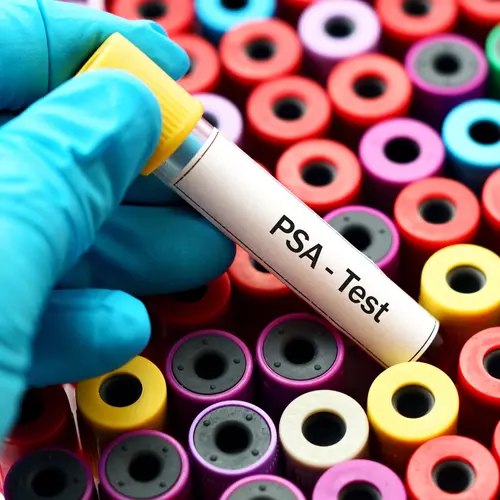If you have prostate cancer, you may have some out-of-pocket charges, depending on the type and length of care. This can happen even with health insurance, Medicare, or Medicaid.
It’s important to talk to your doctor and research any potential costs so you know what to expect. This will help ease stress and anxiety that often happen when dealing with medical bills. Your health comes first, so it’s crucial that you never skip cancer treatments because of the high cost.
Overview of Potential Out-of-Pocket Costs
You may need to pay:
Deductible. This is how much you have to spend for health services before your insurance company pays for your medical bills.
Copay or coinsurance. These are payments you make every time you get a medical service after you reach your deductible.
Premium. This is the amount you pay for your health insurance each month.
Out-of-network costs. You’ll need to pay these fees if you go to a health care professional who doesn’t take your insurance.
Prostate Cancer Treatment Costs
One study found that the typical cost of treatment for a person with prostate cancer is about $2,800 per month after diagnosis. But these costs can be higher or lower, depending on if you’re insured or not, which type of insurance or government assistance you receive, and the specific kind of care you need. Costs can also vary in different parts of the country and by facilities.
You may already have an idea of some cancer care costs, but others might not be as obvious. You should consider:
Doctor visits. Your insurance might cover most of your appointment costs, but you may also have to cover a copay. This can vary, depending on your plan. In one study, the average copayment amount a month after a prostate cancer diagnosis was $37. That cost dropped to $31 a month 10 months after a diagnosis. If you have lab tests or radiology tests during your appointment, you might have to pay an extra cost as well. Talk to your doctor if you’re unable to pay fees or copays. They may be able to waive some of the charges or set up a payment schedule.
Medication. Like your doctor visits, you may have to cover a part of the cost of your medications. But there are many resources that can help lower these charges. Ask your doctor about the expected costs of your medications and if they recommend any resources to help with those expenses.
Treatment. Depending on what type of treatment you need, your cost could be different. You might have a one-time procedure or need a daily treatment like radiation therapy for a while. These probably won’t have a copayment, but you may have to pay a portion of the overall cost (for example, a coinsurance fee). Your doctor will consider these approaches:
- Active surveillance (“watchful waiting”)
- Chemotherapy
- Surgery
- Radiation therapy
- Cryotherapy
- Hormone therapy
- Immunotherapy
- Targeted therapy
Additional costs. Aside from direct medical bills, you’ll also want to factor in the potential costs of transportation to the doctor, transportation and lodging if you’re getting treatment far from home, and any professional caregiving expenses if you need extra help.
If you have a job and need to take unpaid leave time for your prostate cancer care, those lost wages are another indirect expense.
Questions to Ask Your Doctor
To estimate how much your care will cost, ask your medical team:
- How much do the recommended treatments and medications cost?
- How much of the treatment does my insurance cover?
- What do the costs of appointments look like with insurance, without insurance, with Medicaid, or with Medicare?
- If you recommend a procedure, how much does that cost? Will it involve staying in a hospital, and if so, what’s the typical cost for that?
- What are some resources for help with paying medical bills?
Also, check with your insurance plan so that you know what your plan covers and which providers and facilities are “in network” for you.

